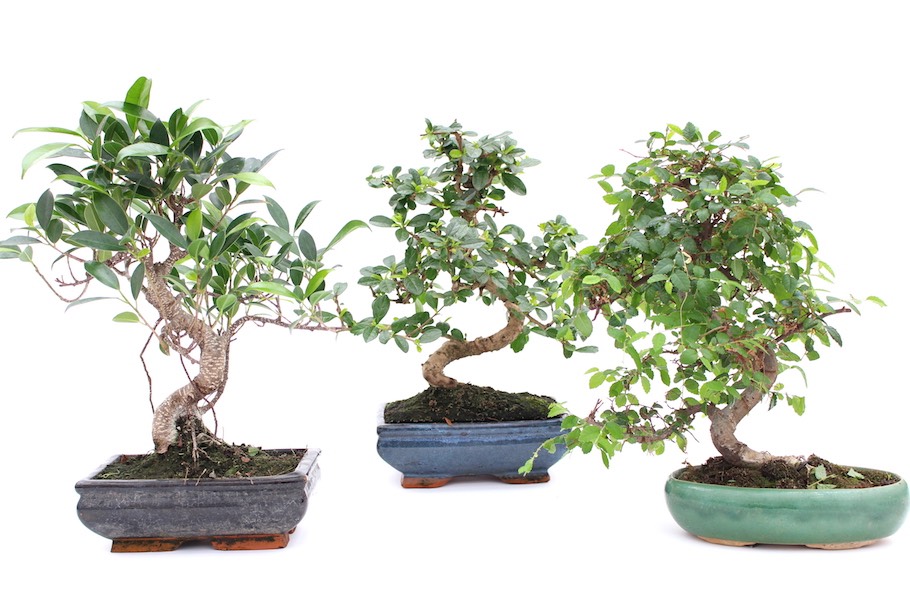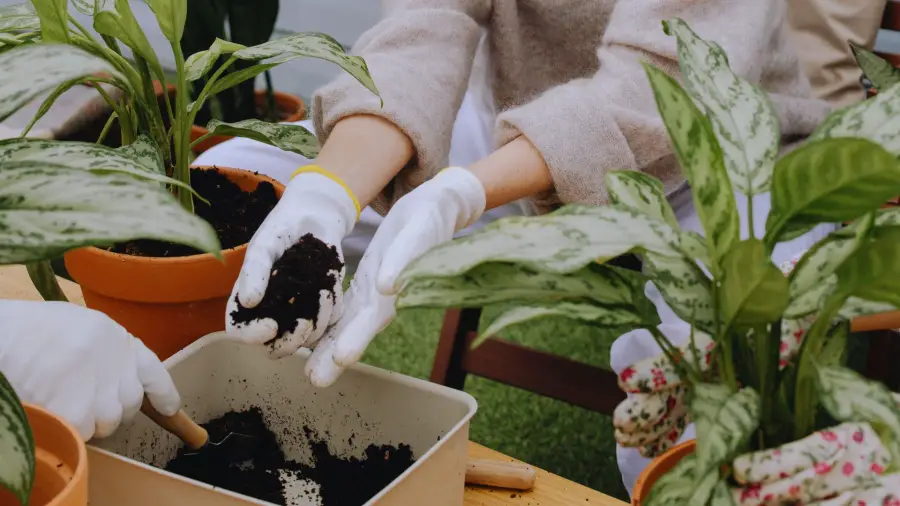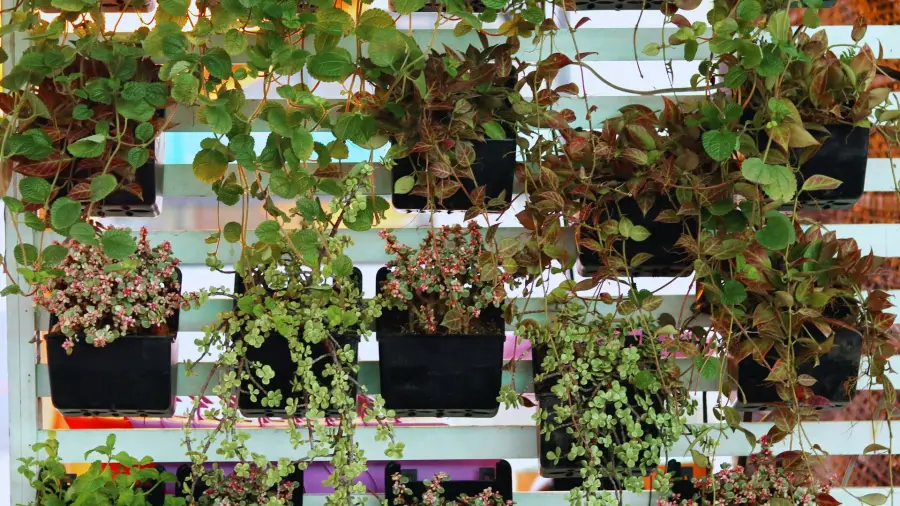Your bonsai might be dying due to improper watering or inadequate sunlight. Check for pests and ensure proper soil conditions.
Bonsai trees require meticulous care and attention. Understanding the specific needs of your bonsai species is crucial. Incorrect watering, either overwatering or underwatering, can lead to root rot or dehydration. Adequate sunlight is essential, but too much direct sunlight can scorch the leaves.
Monitor for pests like aphids and spider mites, which can weaken your bonsai. Soil quality also plays a significant role; it should provide good drainage while retaining enough moisture. Regular pruning and repotting ensure healthy growth. By addressing these factors, you can revive your bonsai and enjoy its beauty for years. Proper care and vigilance are key to a thriving bonsai.
Table of Contents
The Art Of Bonsai: An Introduction
Bonsai has a rich history. It started in China over a thousand years ago. This art moved to Japan later. Bonsai means “planted in a container” in Japanese. Crafting bonsai requires patience and skill. The goal is to create a miniature tree. Each tree tells a unique story. Bonsai connects us to nature. It also brings peace and joy. People from all over the world enjoy this art now. Bonsai is more than a hobby. It is a way to express creativity.
Proper care is crucial for bonsai. Watering is very important. Overwatering can harm the tree. Underwatering is also bad. The soil should be moist, not wet. Sunlight is essential for growth. Place the bonsai in a sunny spot. But avoid too much direct sunlight. Pruning helps maintain shape. Cut off dead branches and leaves. Fertilizing gives nutrients. Use bonsai-specific fertilizer. Repotting is necessary every few years. This ensures healthy roots. Pests can attack bonsai. Inspect regularly and treat if needed. Proper care leads to a healthy, beautiful bonsai.
Why is My Bonsai Dying: Common Signs Of Distress In Bonsai Trees
Yellowing leaves can be a major sign of distress. It often indicates a problem with watering. Too much water can cause root rot. Too little water can dry out the tree. Both extremes can lead to yellow leaves. Poor soil drainage is another common cause. Check if the soil is compacted. Compacted soil can suffocate the roots. Good airflow is also important. Make sure the tree gets enough light. Insufficient light can make the leaves turn yellow too.
Dry and brittle branches often signal dehydration. The tree might not be getting enough water. This can also happen due to poor root health. Roots need to be healthy to absorb water. Check for pests or diseases. They can damage the roots. Proper pruning can help. Remove dead branches to promote new growth. Ensure the tree is placed in the right environment. Bonsai trees need specific conditions to thrive.
Watering Woes: Too Much Or Too Little
Bonsai trees often suffer due to incorrect watering practices. Both overwatering and underwatering can lead to your bonsai dying. Proper moisture levels are crucial for maintaining a healthy bonsai.
Assessing Your Watering Routine
Watering is very important for bonsai health. Too much water can cause root rot. Too little water can dry out the roots. Look at the soil to check moisture. Dry soil means the bonsai needs water. Wet soil means wait before watering again. Check the soil daily to keep track. Adjust your watering based on the soil’s needs.
Adjusting Watering For Optimal Health
Water the bonsai when the top inch of soil feels dry. Use a watering can with a small spout. Pour water slowly to avoid flooding. Ensure good drainage to prevent water from sitting. Place the bonsai in a spot with indirect sunlight. Avoid direct sun which can dry out the soil quickly. Monitor the bonsai and adjust watering as needed.
Credit: www.reddit.com
Sunlight And Bonsai: Finding The Balance
Sunlight plays a crucial role in the health of your bonsai. Too much or too little can cause it to wither. Ensuring the right balance of light is essential for its survival.
Proper Sunlight Exposure
Bonsai trees need the right amount of sunlight. Too much sunlight can burn the leaves. Too little sunlight makes the tree weak.
Place the bonsai near a window. East or west-facing windows are best. This gives the tree morning or afternoon sun.
Effects Of Inadequate Lighting
Inadequate lighting causes many problems. Leaves may turn yellow or drop. The tree stops growing properly.
Weak and leggy branches are common. The bonsai may also become prone to pests. Proper lighting keeps your bonsai healthy.
The Perils Of Poor Drainage
Bonsai trees need proper drainage. Waterlogged soil can suffocate roots. You might see yellowing leaves or stunted growth. These are signs of poor drainage. Check the soil. If it’s always wet, there’s a problem. Use a chopstick to probe the soil. It should come out mostly dry after watering.
Choose a pot with drainage holes. This helps excess water escape. Use well-draining soil. Mix sand, perlite, and peat moss. These materials help water flow through the soil. You can also add gravel at the bottom of the pot. This creates space for water to drain.
Nutrient Deficiencies And Fertilization
Bonsai trees often suffer due to nutrient deficiencies and improper fertilization. Yellowing leaves and stunted growth are common signs. Ensuring balanced nutrient intake can revive your bonsai’s health.
Choosing The Right Fertilizer
Choosing the right fertilizer can be tricky. Not all fertilizers are the same. Some are better for bonsai trees. Look for balanced fertilizers with equal parts of nitrogen, phosphorus, and potassium. Organic fertilizers are gentle and good for the soil. Chemical fertilizers can give quick results but might harm the tree in the long run. Fertilizing during the growing season is crucial. Avoid fertilizing in winter. Too much fertilizer can burn the roots. Too little will cause nutrient deficiencies.
Symptoms Of Nutritional Shortfalls
Yellowing leaves can mean a lack of nitrogen. Poor growth often points to phosphorus deficiency. Weak branches and falling leaves can signal potassium shortfall. Spots on leaves might indicate a lack of micronutrients. Regularly check your bonsai for these signs. Timely action can save your tree.
Pest Infestations And Disease
Common pests include aphids, spider mites, and scale insects. These pests can damage leaves and branches. Aphids are small, green, and suck sap from the plant. Spider mites create tiny webs and cause leaves to yellow. Scale insects look like small bumps on the stems. Use insecticidal soap or neem oil to treat infestations. Regularly inspect your bonsai for signs of pests. Remove pests by hand if possible. Keep your bonsai healthy to reduce pest problems.
Diseases can spread quickly in bonsai trees. Overwatering can lead to root rot. Make sure the soil drains well. Fungal infections can cause black spots on leaves. Use a fungicide to treat fungal infections. Keep the bonsai in a well-ventilated area. Avoid overcrowding plants to prevent disease. Regularly prune dead or diseased branches. Clean tools before use to avoid spreading germs.
Pot And Soil: A Critical Pairing
The right pot is very important for your bonsai. A pot that is too big or too small can harm the plant. Choose a pot with good drainage holes. This helps water escape easily. Your bonsai needs a pot that fits its size. A pot that is too tight can hurt the roots.
Think about the material of the pot. Clay pots are good for moisture control. Plastic pots are cheap but might not be the best for long-term growth. The pot should also be heavy enough to hold the tree upright.
The soil type affects how well your bonsai grows. Use soil that drains well. Bonsai soil is different from regular garden soil. It often contains a mix of sand, clay, and organic matter. This helps the roots get enough air and water.
Repotting is also crucial. Repot your bonsai every 2-3 years. This helps refresh the soil and gives the roots more room to grow. Always check the roots during repotting. Cut away any dead or rotten roots. Fresh soil and trimmed roots help the tree stay healthy.
Pruning Mistakes And Their Impact
Pruning is important for bonsai health. Incorrect pruning can harm your bonsai. Always use clean, sharp tools. Cut branches at a 45-degree angle. Avoid cutting too much at once. This can stress the tree. Remove dead or diseased branches first. Be gentle and observe your tree’s response.
Bonsai can recover from pruning mistakes. Ensure proper aftercare. Water your tree well. Keep it in a stable environment. Avoid direct sunlight if it looks weak. Fertilize lightly to support growth. Monitor new growth carefully. Prune less and give it time to heal.
Credit: www.reddit.com
Reviving A Distressed Bonsai
Place your bonsai in a shaded area. Remove any dead leaves and branches. Water the bonsai deeply but do not overwater. Check the soil; it should be moist but not soggy. Ensure the pot has good drainage. Inspect the roots for rot. If found, trim the affected roots. Use a clean pair of scissors for trimming. Replant your bonsai in fresh soil. Mist the leaves to increase humidity.
Place your bonsai in a location with indirect sunlight. Water it regularly, but avoid waterlogging. Feed your bonsai with a balanced fertilizer. Prune it regularly to maintain shape and health. Monitor for pests and diseases. Use organic pesticides if needed. Check the soil pH; it should be neutral.
.jpg)
Credit: bonsai4me.com
Frequently Asked Questions
How To Bring Back A Dying Bonsai Tree?
To revive a dying bonsai tree, water it properly, ensure adequate sunlight, and prune dead branches. Check for pests, and repot with fresh soil if necessary.
What Does An Overwatered Bonsai Tree Look Like?
An overwatered bonsai tree shows yellowing leaves, soft and mushy roots, and wilting despite wet soil. Fungal growth may appear.
How Often Should A Bonsai Be Watered?
Water bonsai trees regularly, keeping soil moist but not waterlogged. Check daily, especially during hot weather.
Why Is My Small Bonsai Tree Dying?
Your bonsai tree may be dying due to overwatering, underwatering, lack of sunlight, poor soil, or pests. Check for root rot.
Conclusion
Caring for a bonsai can be challenging, but understanding its needs is crucial. Regular watering, proper sunlight, and correct pruning are key. Always monitor for pests and diseases. With patience and attention, your bonsai will thrive. Happy growing!
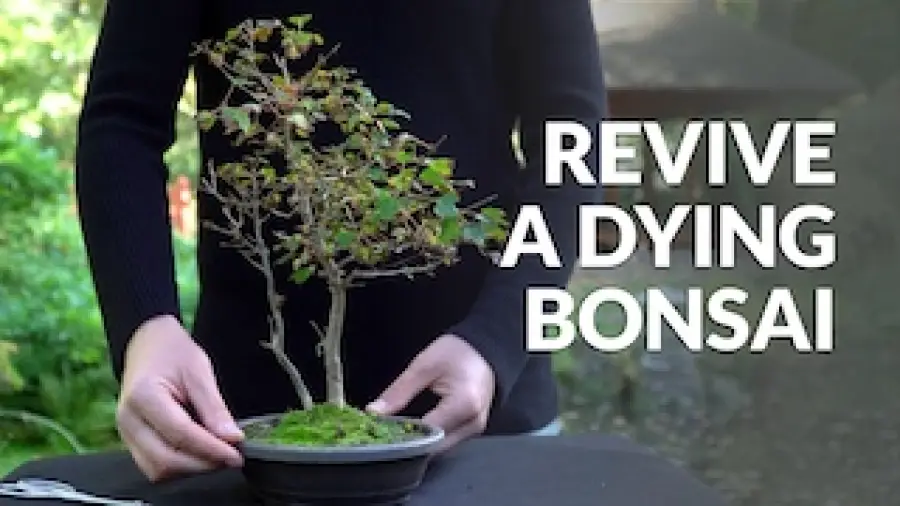
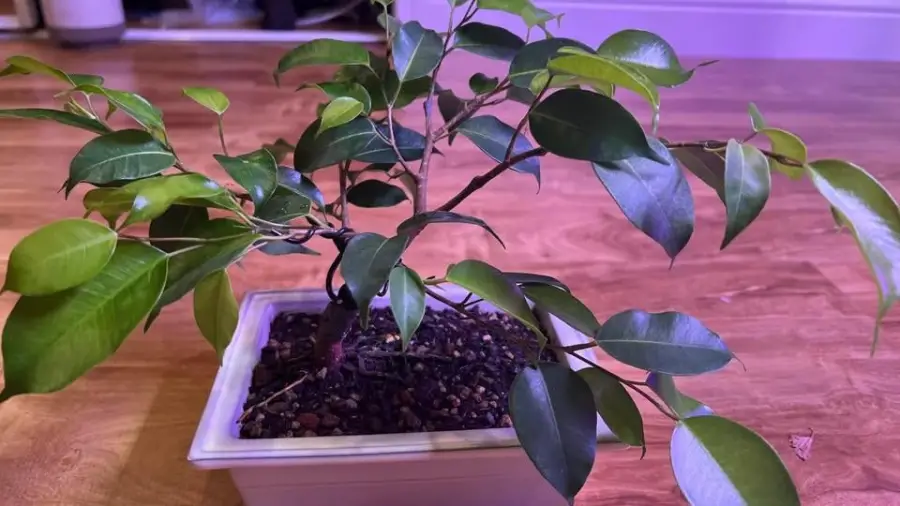
/cdn.vox-cdn.com/uploads/chorus_asset/file/23103731/bonsai_wellness_board_1.jpg)


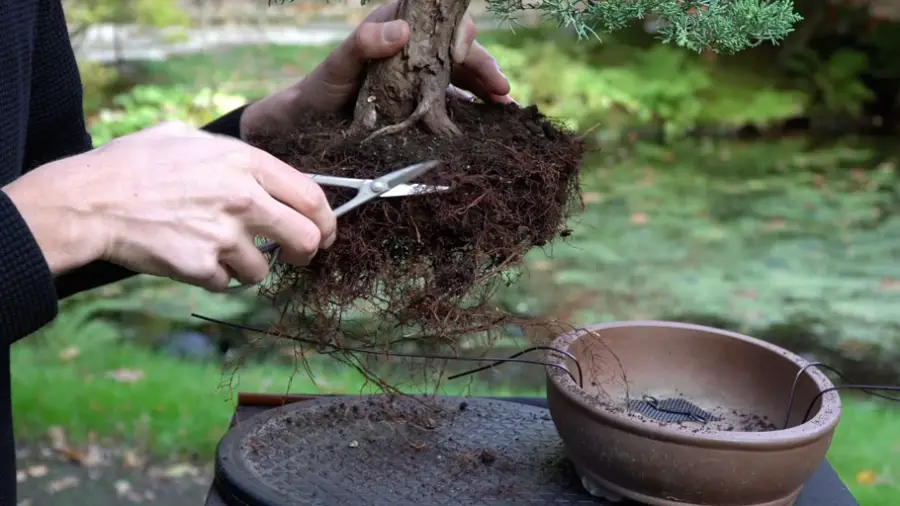



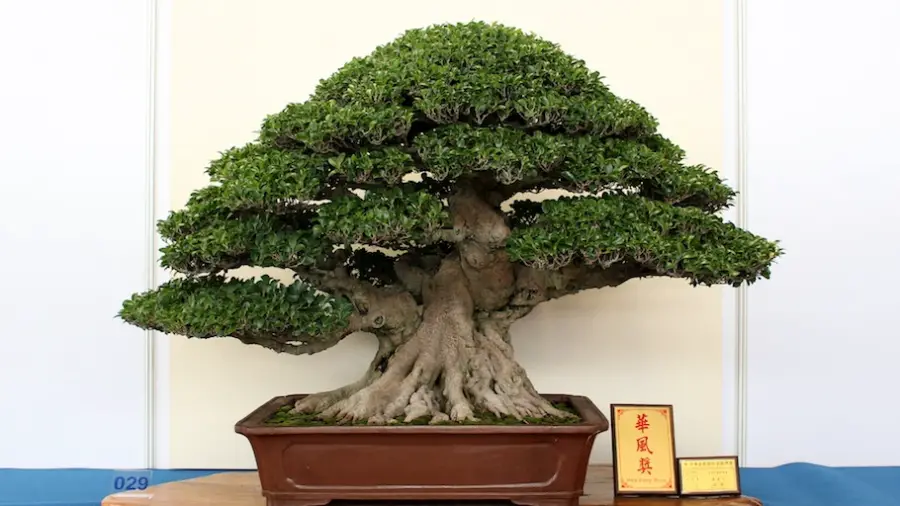

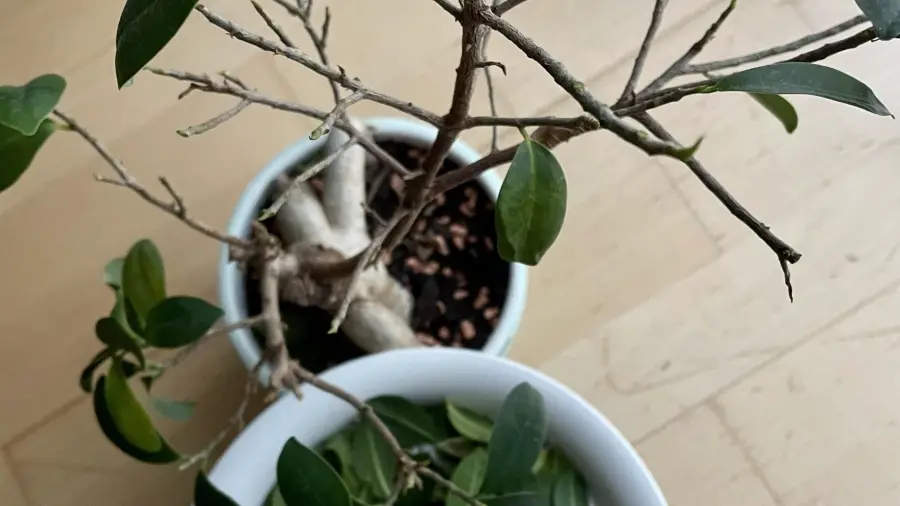

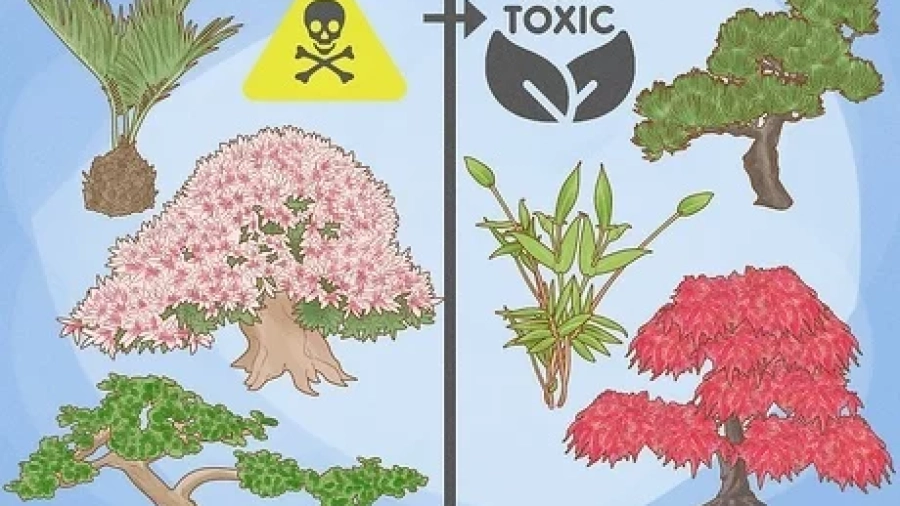



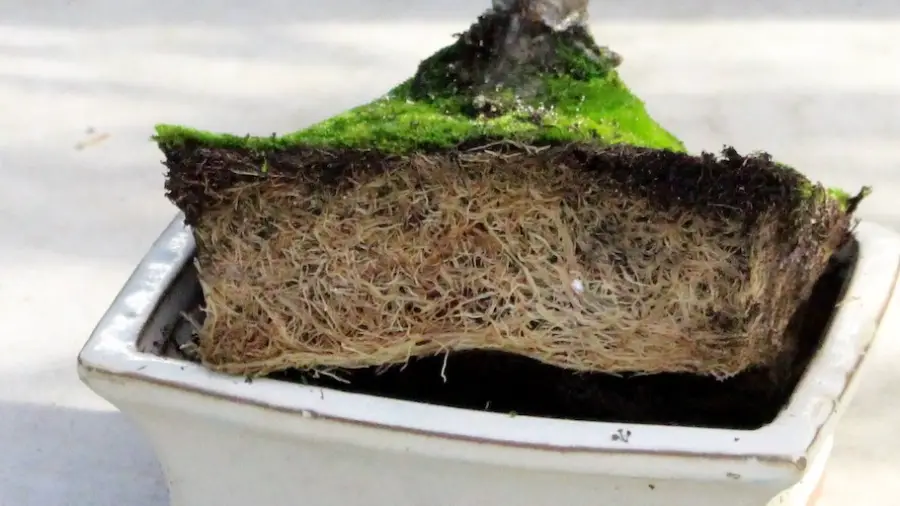

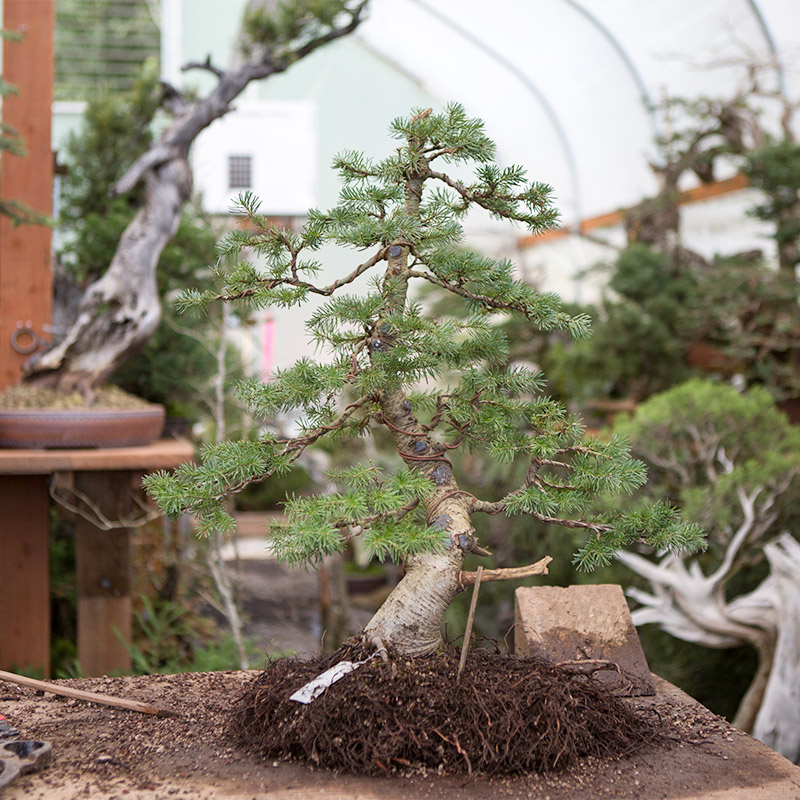

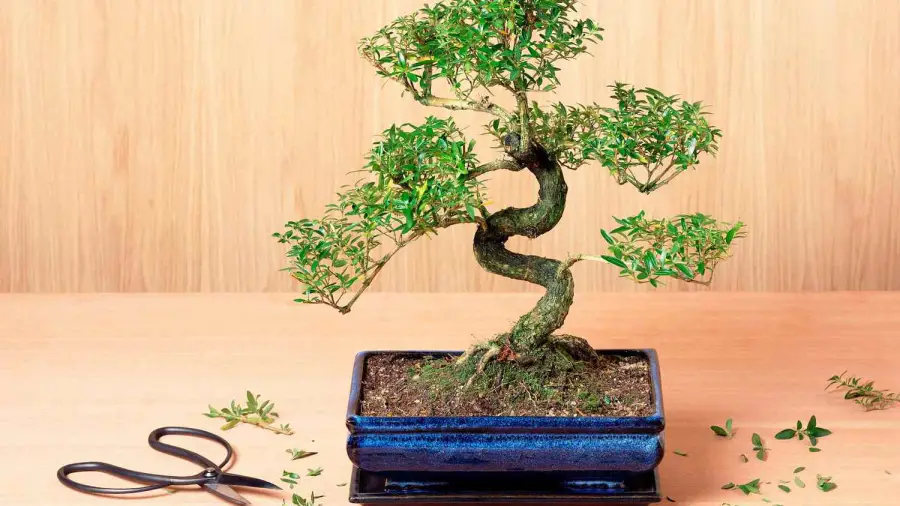
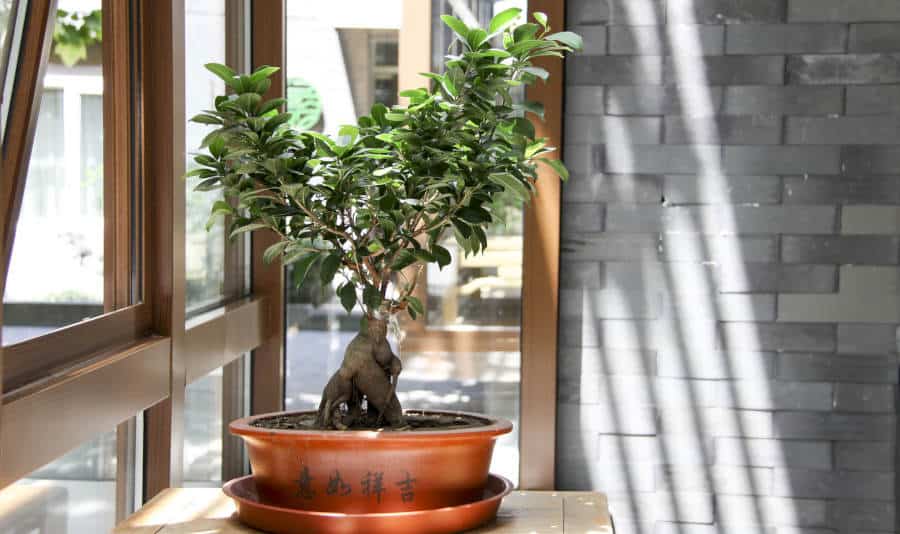
:max_bytes(150000):strip_icc()/ML_Grow_Bonsai-8-2000-54d3d1a7424b4359b44e52383f40b834.jpg)
